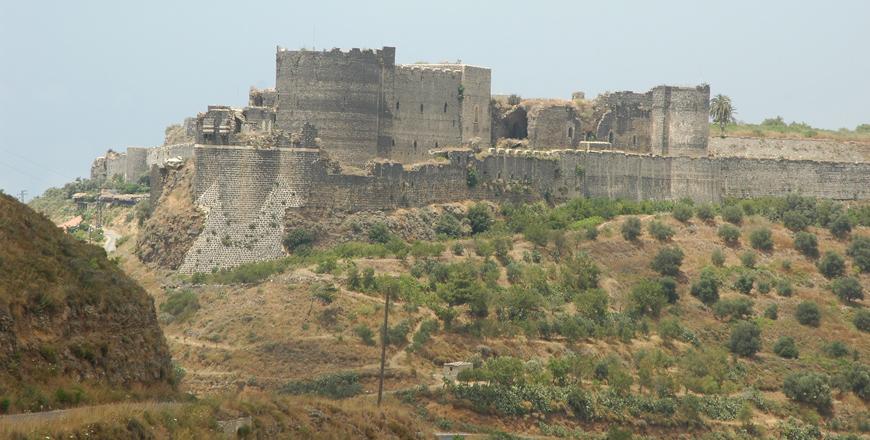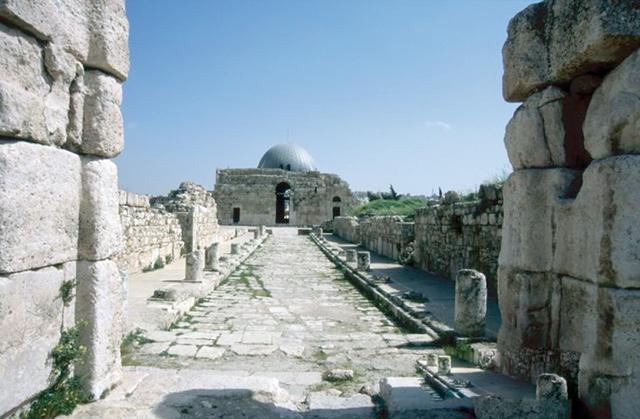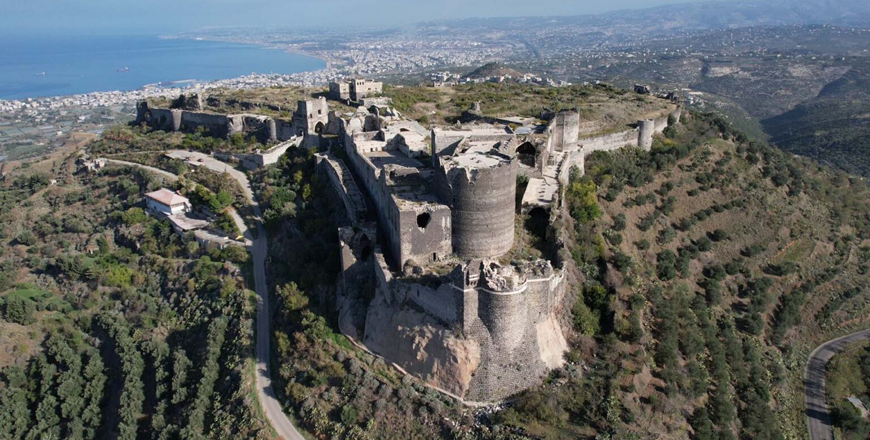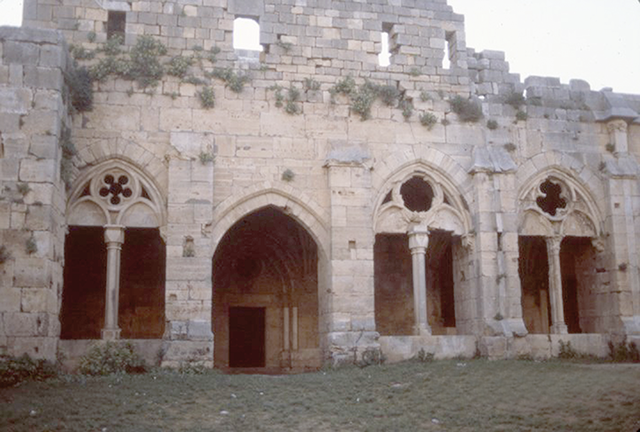You are here
Syrian-Hungarian Archaeological Mission explores Margat Castle
By Saeb Rawashdeh - Aug 03,2021 - Last updated at Aug 03,2021

Margat, also known as Marqab, is a castle near Baniyas, Syria, which was a Crusader fortress and one of the major strongholds of the Knights Hospitaller (Photo courtesy of Balasz Major)
AMMAN — Margat Castle, also known as Qal’at Al Marqab, located 2 kilometres away from the Mediterranean coast, near Antioch, is one of the largest mediaeval fortifications in the Levant, said a Hungarian archaeologist.
Balazs Major, from the Syrian-Hungarian Archaeological Mission, said in an e-mail interview with The Jordan Times that the castle’s site is on a volcanic mountain above the coastal route.
Major added that the castle was one of the most important strongholds governing the Via Maris, the ancient road that stretched along the Mediterranean in Syria.
He said that compared with other castles in the region the Margat Castle is relatively new, only established in 1062AD by the local tribes.
For a short time the castle was under Byzantine control, taken by the Crusaders around 1117AD. After 1140AD the castle was in the possession of one of the richest and most influential Latin families; the Mazoirs. In 1181AD, the family sold it to the Order of St John, or the Hospitallers, Major said.
“The Hospitallers were one of the largest mediaeval European organisations and they developed the site into the grandiose fortification we see today,” he said.
“To illustrate the importance of Margat it is worth mentioning that Sultan Saladin did not attack it during his campaign in the region of 1188, then a few years later Margat was the first point in the Holy Land where Richard the Lionheart landed with the English fleet,” he said.
In 1218, Andrew II, the King of Hungary, visited the castle and ordered a yearly donation of 100 silver marks, equal to 24 kilogrammes of silver, Major said.
He added that Margat Castle withstood numerous sieges from the Ayyubides and Mamluks. However, in 1285AD the Sultan Qalawun took the castle after a five weeks long siege.
The sultan immediately realised the importance of the site and did not destroy it, like other Crusader sites, but made several additions. His additions provide some very good examples of Mamluk military architecture, the archaeologist said.
One of the most important achievements of the Syrian-Hungarian Archaeological Mission was identifying the functions of the Al Marqab spaces, Major pointed out. He noted that now the team knows where the kitchen, bakery and dormitories were.
Major added that another important discovery was the expansive wall paintings in the church, located at the castle site. Major said that these paintings depict scenes of heaven and hell and the life of St John the Baptist.
Furthermore, the excavations highlighted the immense quantities of pottery fragments and other archaeological artifacts, which provide a good representation of materials from the mediaeval and Ottoman periods, the archaeologist said.
The research on Margat Castle also studies how water was collected, stored and distributed, Major said. He added that the architects of Margat developed an intricate water system. This system, Major said, which still works today, is at critical importance given the water scarcity in the Near East today.
Related Articles
AMMAN — Archaeology of architecture is the application of the archaeological methods to the study of historical buildings, noted a Spanish a
AMMAN — The collapse of the Western Roman Empire in 476 AD meant a decline of urban centres in western and northern parts of Europe and seve
AMMAN — During the First Crusade, four states were established: the County of Edessa (1097 – 1150), the Principality of Antioch (1098 – 1287
















